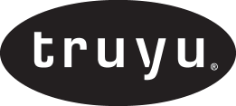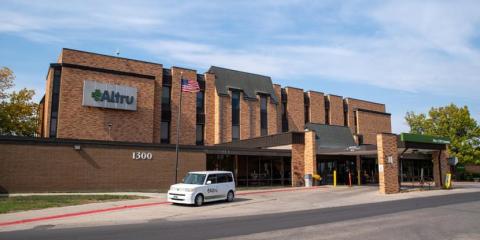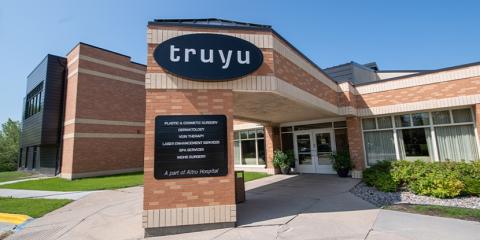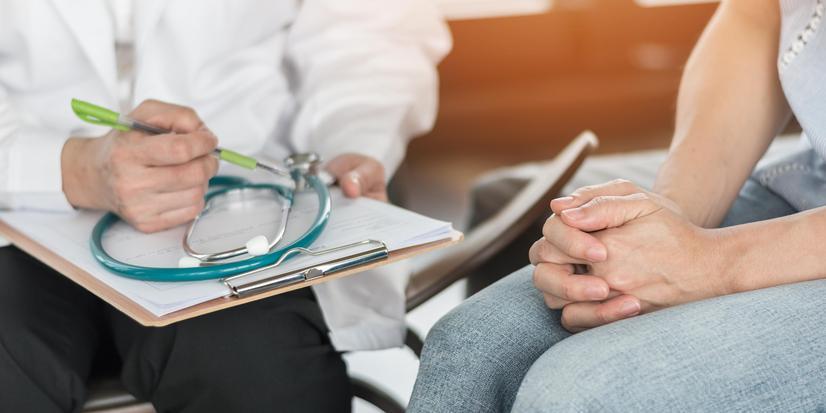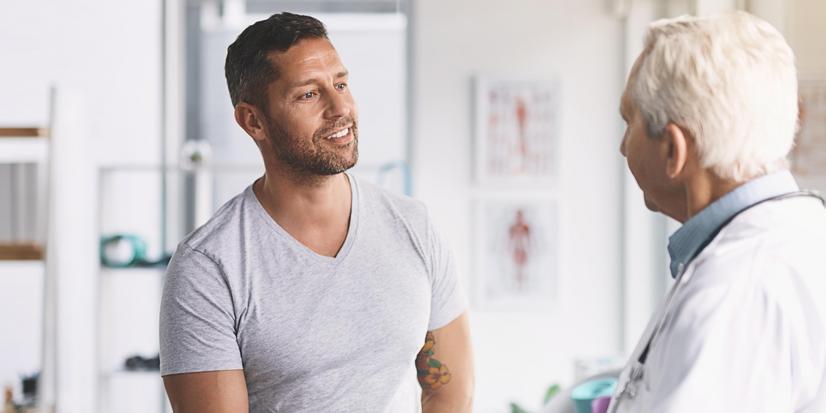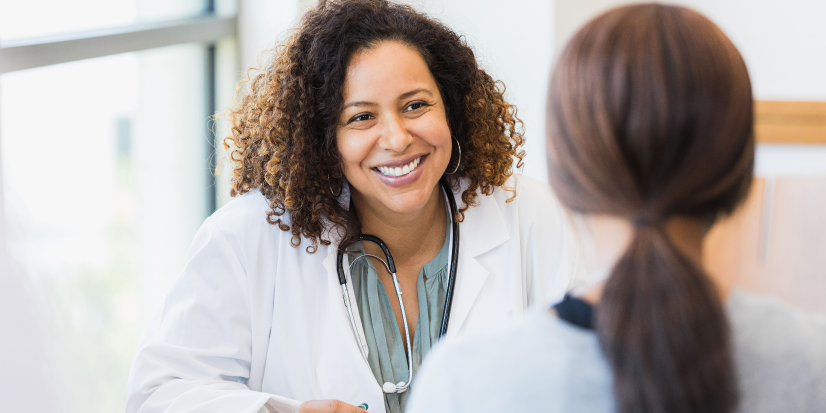Are you hiding your legs because of clusters of blue, purple or red veins? You’re not alone—varicose and spider veins are quite common, affecting 30 to 60 percent of adults, and females more than males. Beyond the appearance, varicose and spider veins can cause pain, such as aching or cramping in the legs, tiredness, restlessness, burning, throbbing, tingling or heaviness.
At Altru, we offer the latest treatments and therapies to care for varicose and spider veins. With our comprehensive team of experts and advanced technologies, you’ll experience less pain and shorter recovery times, so you can get back to legs that look—and feel—good.
What Are Varicose and Spider Veins?
Varicose veins are abnormal, dilated blood vessels caused by a weakening in the vessel wall. They may appear as swollen, twisted clusters of blue or purple veins. Varicose veins are sometimes surrounded by thin, red capillaries known as spider veins. Though they can appear anywhere on the body, varicose and spider veins most often appear on the legs and in the pelvic area. Most develop near the surface of the skin.
What Causes Varicose and Spider Veins?
Varicose veins occur when vein walls become weak and the vein enlarges. Blood can “pool” or collect inside the vein. Varicose veins are related to increased pressure in the leg veins or defective valves in the veins.
While the exact cause of varicose veins is unknown, several factors contribute to the development of varicose and spider veins, including:
- Heredity or family history of varicose veins
- Advancing age
- Prolonged standing or sitting with legs crossed
- Being overweight
- Hormonal influences during pregnancy and menopause
How Are Varicose Veins Diagnosed?
During your appointment, your provider will perform a history and exam. An ultrasound will be ordered to check blood flow in the veins near the skin’s surface (superficial veins) and deep veins. Based on the results, they will provide you with treatment recommendations.
Treatment Options
At Altru, our team of experts will provide both conservative options and therapeutic interventions.
Conservative options include:
- Regular exercise, standing only when necessary, and elevating your legs while sitting and sleeping
- Wearing prescriptive, medical grade compression stockings during daily activities for extra support and relief
- When you need to stand for long periods of time, take frequent breaks to sit down and elevate your feet
Therapeutic interventions include:
Sclerotherapy
Sclerotherapy is a non-surgical, in-office treatment that involves injecting a chemical solution into the veins to make them collapse. Because the veins can no longer carry blood, they will eventually disappear. Circulation improves because the work of carrying the blood is shifted to nearby healthy blood vessels.
Sclerotherapy requires multiple sessions, since one to three injections are usually required to effectively treat any vein. The same area should not be re-injected for four to six weeks to allow for complete healing, although other areas may be treated during this time. Immediately following your treatment and/or two to four weeks after treatment, you will wear prescriptive, medical grade compression stockings. Walking and moderate exercise also help speed recovery.
Temporary reactions to the treatment might include slight swelling of the leg or foot, minor bruising, itching, redness or mild soreness. Once treated, the veins disappear over a period of six months and do not recur. However, sclerotherapy treatment cannot stop new varicose or spider veins from developing.
Laser Therapy
A laser light is delivered through the skin and into the vein. The laser energy will apply heat to the vein walls causing them to collapse and seal shut. The sealed vein eventually breaks down and is absorbed by the body. You may need between two to four treatments, depending on the severity of the veins. You may feel mild discomfort from this procedure. In some cases, the treated area may be slightly swollen and tender to the touch for one to two days. The redness of the treated vessels will gradually disappear as the healing progresses.
Endovenous Laser Therapy (EVLT)
Endovenous laser therapy uses laser to create heat to close off a varicose vein. Your provider makes a tiny cut in your skin near the varicose vein. He or she then inserts a small tube called a catheter into the vein. A device at the tip of the tube heats up the inside of the vein and closes it off. Prescriptive, medical grade compression stockings will be placed on the treated leg. This is an outpatient procedure and you may resume normal activity the following day. Patients may experience soreness for about a week.
Microphlebectomy
Microphlebectomy is the removal of large veins through small incisions. The procedure also helps eliminate pain and cosmetically improves appearance. There is no negative effect on the blood flow or circulation in the leg. The blood that has been carried by that vein is simply rerouted to another vein deeper in the leg. Circulation and blood flow continue as before, but more efficiently. There is little downtime after this procedure. However, strenuous activities should be avoided for a week.
Many people experience other vein conditions that may need to be treated with supplementary therapies. You may be referred to Truyu Aesthetic Center for sclerotherapy or laser therapy.
To determine which treatment option is best for you, please call 701.772.VEIN (8346) to schedule a consultation.
